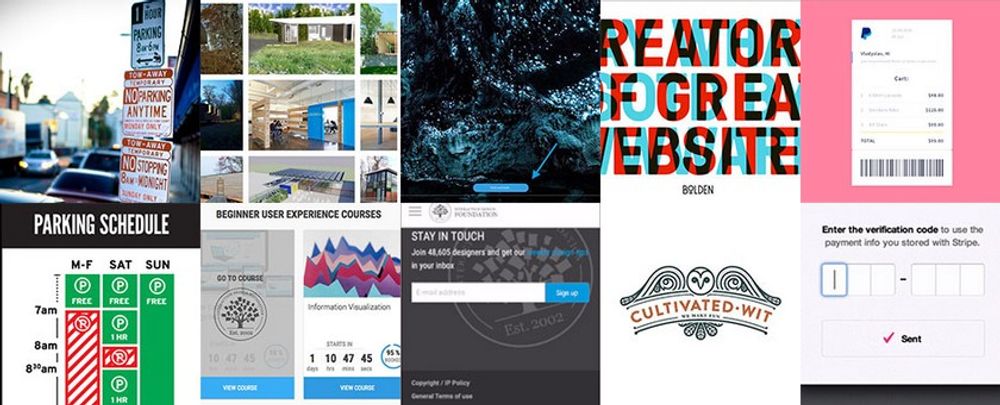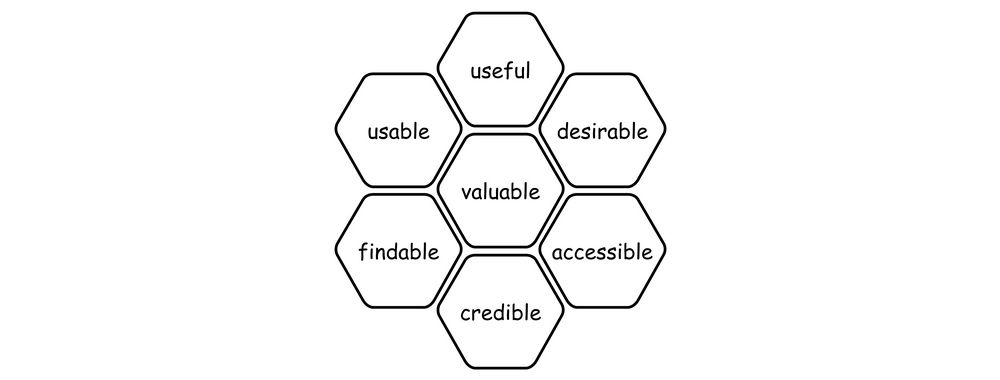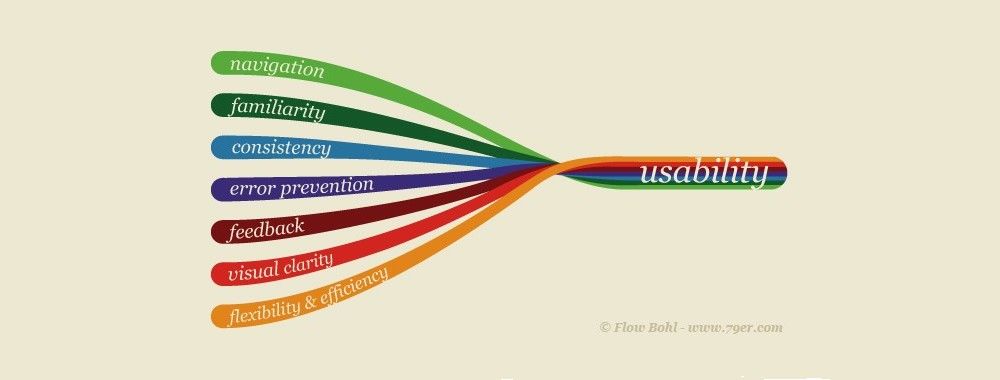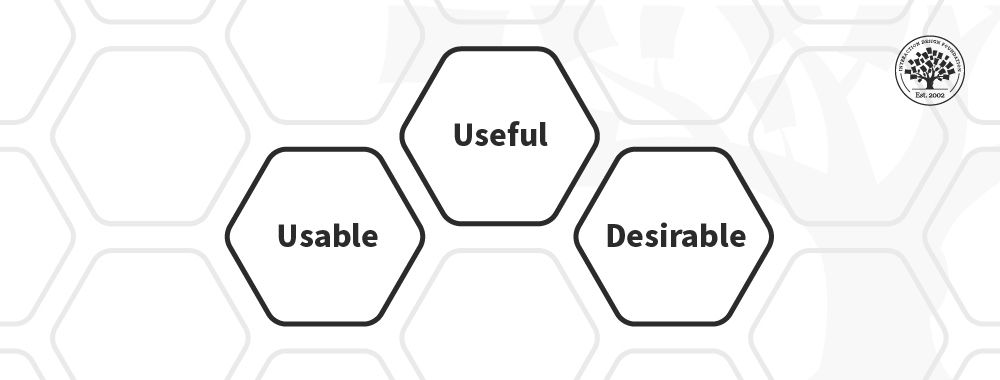User experience can often be reduced by those outside the discipline to “usability” and to be fair to them – UX did arise from usability but the user experience depends on more than just a product being usable. One key component of UX is desirability – the ability to make a product fun and engaging to use. Mobile internet platforms add several new ideas to our understanding of desirability and user experience designers need to be familiar with these to get the best from mobile development budgets.
Frank Guo, the founder of UX Strategized and regular publisher of papers on Human-Computer Interaction, offers a four part model for the user experience
He says that user experiences consist of Value, Usability, Adoptability and Desirability. Each of these has a part to play in the overall experience.
Value asks the simple question; “Is the product actually useful to the user?” Products without value are doomed from their inception.
Usability examines whether the product is easy to use and intuitive to use. Powerful solutions have fallen by the wayside when people have found them too complex to get to grips with.
Adoptability, seeks to determine whether it is easy to start using a product. This is a key question for mobile designers in particular – mobile apps may be the dominant platform on the mobile web but around 95% of apps are installed and then instantly abandoned.
Finally, desirability which is what we are concerned with here asks; “Is the product fun and engaging?”
About Desirability
Desirability can be an incredibly important market differentiator between nearly identical products. There’s a reason that the iPod became the dominant MP3 player; despite the fact that it was not the first MP3 player on the market. People desired the iPod and while there are good arguments for usability being a reason for the device’s popularity – these arguments are often over-estimating the differences between the iPod and other similar devices.
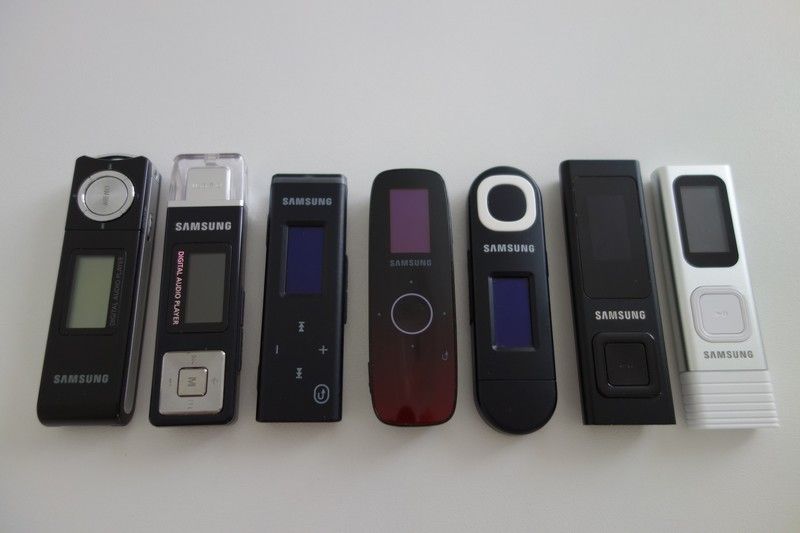
Author/Copyright holder: Lebellium. Copyright terms and licence: CC BY-SA 3.0
Frank offers the example of video games which, often, aren’t that usable. PC gamers have yet to move en masse to console gaming even though console gaming is cheaper and games are easier to play (a console’s control device is much less complex than a keyboard and mouse). This is because some people desire more complex, more engaging game play even at the expense of usability. Desirability is the key factor driving this decision making process.
It is vital to remember that desirability is not just about making things pretty. In fact, as Frank notes, it’s about helping engage the user in their use of the product. There are plenty of very plain products (such as Excel or Word) that remain highly desirable because of their ability to get the job done.
Desirability and Mobile Devices
Before we look at mobile app development and desirability – it’s worth taking a moment to look at the desirability of the mobile device on which the app will run. Surely, this will affect user behaviour and indeed inform our decision as to which platform to develop our app for?
Unfortunately, things aren’t so simple. In a recent Nielsen group survey reported on in PC World magazine – it is confidently reported that Android devices have become more desirable than Apple devices. Yet, over in BusinessInsider a recent report suggests that Apple is becoming more desirable than Android. What is for certain is that Microsoft’s mobile platform efforts are the least desirable in the modern smartphone world and Microsoft’s mobile devices are normally the last point of focus for app developers.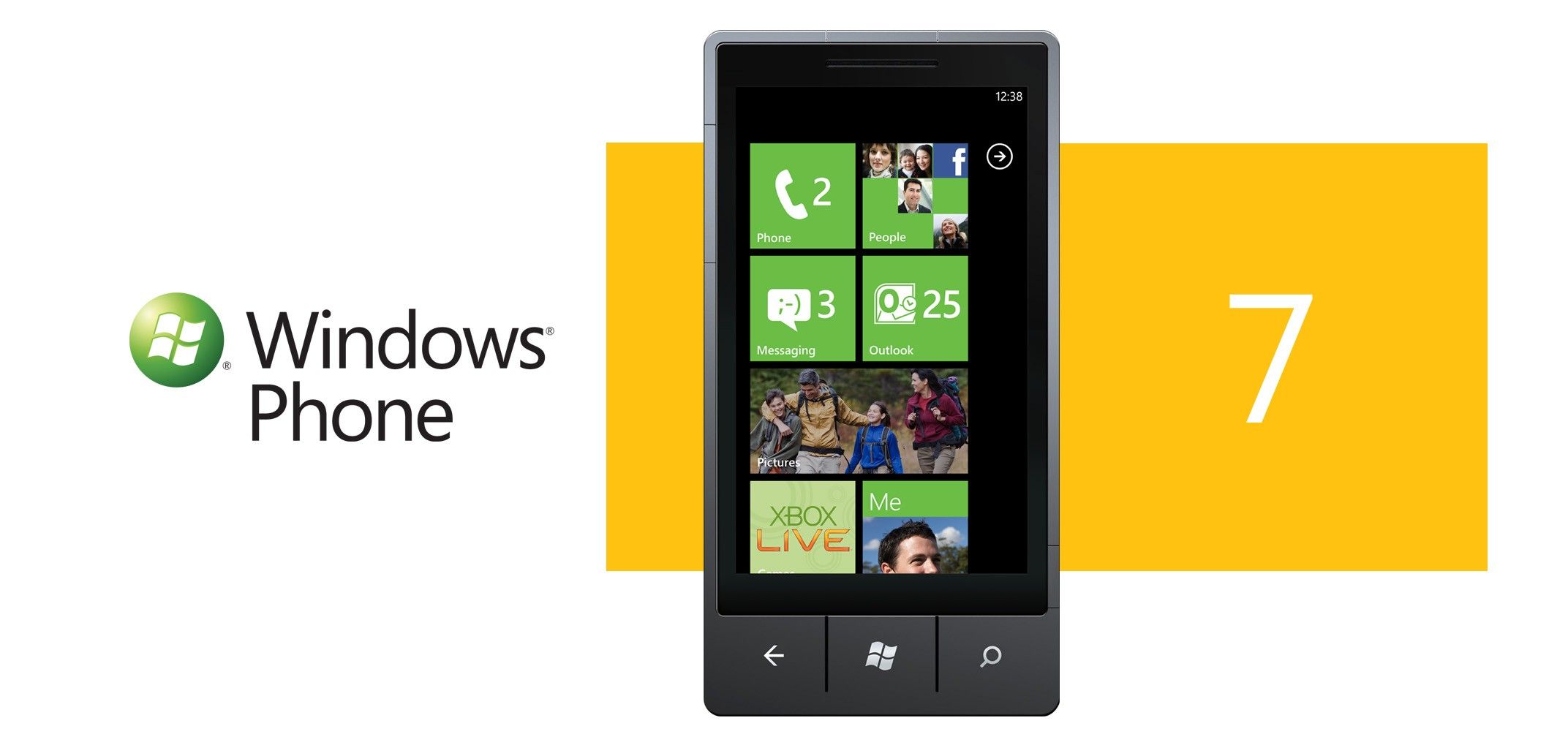
Author/Copyright holder: Microsoft Sweden. Copyright terms and licence: CC BY 2.0
Desirability on the Mobile Device
John Wiley, lead designer for Google, told the FastCompany;
It’s [mobile] not only a new form factor in terms of how things are displayed, but it also adds a new level of engagement. It’s something you can touch, and you can move things around and they respond in kind. That creates a whole new level of this need for desirability. . . . It has to have both momentum and physics that we particularly associate with physical objects. This puts us down an entirely new path in terms of the kind of design thinking we have in terms of what does it look like, how does it feel, does it work right. We start talking about very visual design, like the shadows and the gradients and the light sources and how all of these things create an aesthetic for the product.
There has been a lot of talk about desirability and emotional design. E.g. a focus on making users “feel something” but as Zurb.com note – it is difficult, perhaps impossible, to predict how a user will feel.
It may be better to focus on desirability in terms of helping a user take action through design. That means focusing on visuals, content and form elements when designing a mobile app and in particular remembering:
The graphic or visual design is used to deliver context to the user
Well-written and well-executed content can help guide a user through their decision making process
Actions are finalized by the use of the right form elements (such as buttons or sign up boxes)
Focusing on action enables the user to make easier decisions and higher levels of engagement with the product.
Zurb.com also notes that you cannot create desirability if you don’t deliver value and usability first.
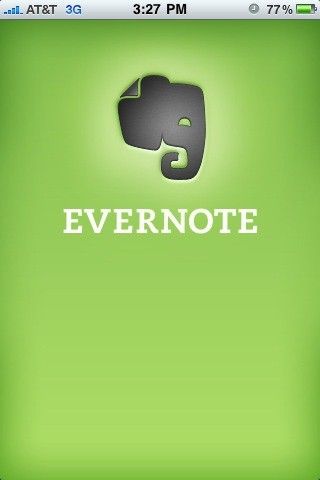
Author/Copyright holder: Dan Catchpole. Copyright terms and licence: CC BY 2.0
The Take Away
Desirability is a key part of the user experience. It can enable products to succeed in crowded or saturated markets and drive acceptance of new products. It is important to note that it is not a replacement for value, usability or adoptability but rather a fourth critical ingredient in the mobile recipe. It’s important to focus on desirability within your mobile app as well as examining the desirability of the device you intend to develop for.
References & Where to Learn More:
Frank Guo’s article on the 4 parts of the user experience is over at UX Matters.
PC World’s report on the Nielsen Research that “proves” Android is more desirable than Apple: “Android Outranks Apple in Desirability–and That’s Huge.”
Business Insider’s report “proves” exactly the opposite - in Apple’s favour!
Find out more from Zurb.com about “The 3 Elements of Good Design”
Hero Image: Author/Copyright holder: Jeffrey. Copyright terms and licence: CC BY-SA 2.0


